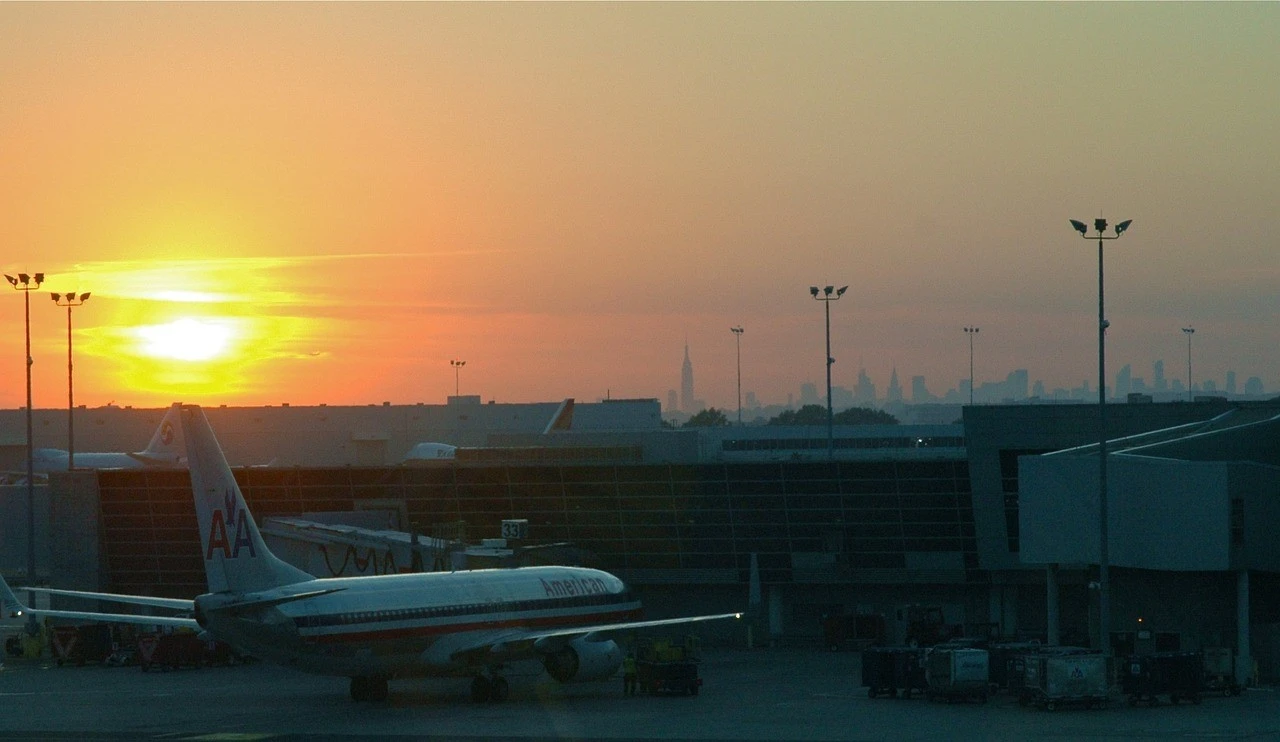How innovative systems improve the flight experience
Technology is revolutionizing rapidly the way customers experience flying and experience connected services. Indeed, the Internet of Things (IoT) is one of the main ways it can transform the quality of travel.
Indeed, IoT intelligent systems undoubtedly improve the quality and manner in which a traveler-side service is delivered, while enabling airlines to optimize operational flows, such as minimizing waste and eliminating long waiting lines upon arrival at airports.
In this article, we will then evaluate how some aspects and applications of IoT in air travel can affect the customer experience and for all aspects related to flying: from online check-in, all the way to the services offered during the flight and even down to comfortably getting off the aircraft.
How to make the in-flight experience better?
The Internet of Things (IoT) is a system that enables devices, people, processes, and services to exchange information automatically through enabling technologies such as the cloud, data analytics, machine learning, and more.The result is a seamless connection, enabling a network of people, machines and environments to interact efficiently and effectively.Through IoT, airlines can optimize network and systems performance for the benefit of an unprecedented customer experience.
For example, airlines can use IoT technology to constantly monitor temperature, pressure, passenger and staff movement, and other parameters within the aircraft. This enables airlines to reduce the risk of mechanical malfunctions during flight.
In addition, airlines can collect data from passengers in real time to obtain information on the required destination and passenger preferences during the flight. Another possibility for improving the quality of travel lies in the case of offering entertainment services.
With IoT connectivity, airlines can offer services such as in-flight Wi-Fi to connect to your favorite streaming content, video games, music platforms, or even casino platforms with online pokies for real money to make you earn while you’re in the air! All these technologies, integrated into the airline ecosystem, bring quality to the overall user experience, instilling in the user a highly positive perception that falls back on the airline brand itself.
Finally, with IoT, airlines can provide direct customer support through chatbots, personalized travel alerts, and real-time flight status updates. These technologies enable airlines to offer greater transparency and assistance to passengers throughout their journey.

Internet of Things and the immersive and safe experience of air travel
The Internet of Things is changing how services are delivered and, more importantly, how consumers perceive their flight experience. Just think, for example, of the modern use of today’s smartphones, which are already an essential means of connecting to the Internet in general and during personal daily routines.
Still, thanks to the wireless connectivity of the IoT, they can become vital in providing travelers with a consistently immersive and highly personalized experience, thanks to the intervention of tracking devices and sensors.
One of the most straightforward applications is, as already anticipated, in-flight access for a Wi-Fi network, which allows passengers to access the contents of their mobile devices during a flight. “Smart airports” also leverage IoT to provide a better travel experience. For example, smart devices and sensors placed in the airport can detect queues and check-in and travel route information.
This information helps passengers make faster and more informed decisions during the booking process, greatly simplifying the flight experience.
Passenger monitoring systems for a better customer experience
Did you know that the application of the Internet of Things makes it possible to track vital information to improve the traveler experience even in the long term, providing a more personal and customized service? Passenger monitoring systems, for example, can track customer satisfaction levels and ensure service always meets expectations!
RFID technology in the air travel industry
With the RFID technology, airlines can constantly monitor the “flight system” status between routes and aircraft status, identifying areas where technical interventions or upgrades are needed. In addition, RFID is a cost-effective way to provide security and operational efficiency practically. For example, associating an RFID tag with a piece of luggage will ensure it won’t get lost.
Finally, with RFID, airlines can closely monitor the health of onboard equipment to ensure that it meets the standards required by aviation authorities.
Smart flight attendants
One of the most interesting IoT applications for airline companies is that of smart flight attendants.
Through them, a passenger can conveniently manage, via the in-flight display or his or her smartphone, information about travel time, such as any anticipation or delays, or booking activities after landing (like calling a cab in the city), or being able to make a new airline reservation, perhaps taking advantage of a promotion intercepted with the same or another airline.
Improved weather forecasts and weather monitoring thanks to the IoT
Weather forecasting and weather monitoring have significantly improved thanks to the IoT. This allows meteorologists to predict current and future weather conditions. In this way, it is possible to have forecast information in time to detect and monitor weather phenomena such as thunderstorms and high winds and apply the right safety measures to make passengers have a good flight.
